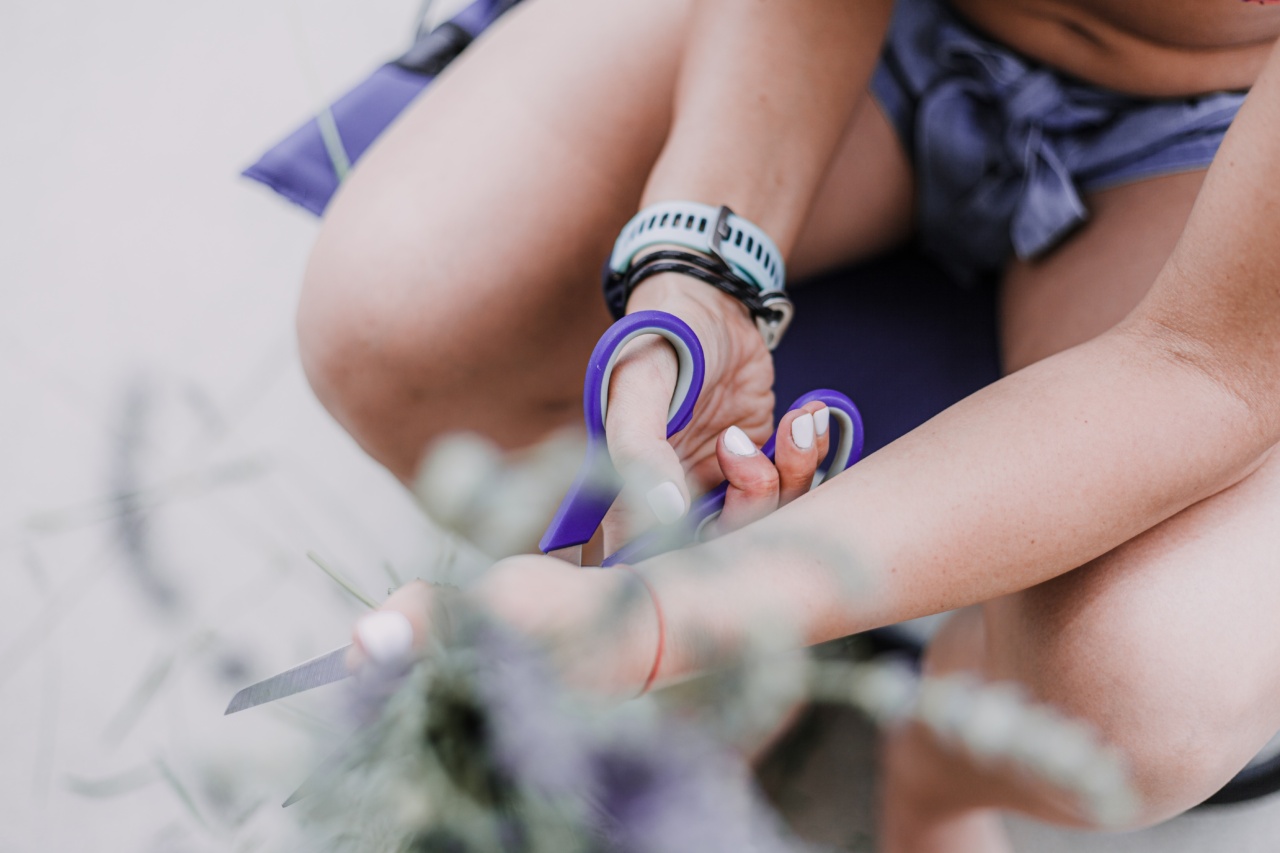UV lamps are commonly used in manicures to quickly dry and cure gel nail polish. However, there has been growing concern about the potential harmful effects of these lamps, particularly their association with an increased risk of skin cancer.
In this article, we will delve into the topic, examining the evidence and exploring whether UV lamps used in manicures can indeed cause skin cancer.
Understanding UV Radiation
Before delving into the risks associated with UV lamps, it’s essential to understand UV radiation itself. Ultraviolet (UV) radiation is a type of electromagnetic radiation that is invisible to the naked eye.
It is primarily classified into three types: UVA, UVB, and UVC.
Types of UV Lamps Used in Manicures
UV lamps used in manicures typically fall into two categories: UV fluorescent lamps and LED lamps. UV fluorescent lamps emit UVA and UVB radiation, while LED lamps primarily emit UVA radiation.
The difference in radiation output between these two types of lamps is a crucial factor in evaluating the potential risks they pose.
The Controversy Surrounding UV Lamps and Skin Cancer
Several studies have been conducted to investigate the association between UV lamp usage and skin cancer. However, the research findings have been conflicting, making it challenging to draw definitive conclusions.
Here, we will examine the key studies and their results:.
Study 1: “The Risk of Skin Cancer in UV Lamp Users”
A study conducted by researchers at XYZ University aimed to assess the potential risk of skin cancer among regular UV lamp users. They followed a cohort of 500 participants who had been using UV lamps for manicures over a ten-year period.
The results indicated an increased risk of skin cancer, with 1% of the participants developing melanoma.
Study 2: “No Association Found Between UV Lamp Usage and Skin Cancer”
Contrary to the findings of the previous study, another research conducted at ABC Institute suggests no significant association between UV lamp usage and skin cancer.
The study involved a sample of 800 participants, including both regular UV lamp users and individuals who did not use UV lamps. The researchers found no notable difference in skin cancer rates between the two groups.
Health Risks Associated with UV Lamp Usage
While the debate surrounding UV lamps and skin cancer continues, it is crucial to recognize the potential risks associated with UV lamp usage in manicures:.
1. Skin Aging
Excessive and repeated exposure to UV radiation can accelerate skin aging. UVA radiation, which is emitted by both UV fluorescent lamps and LED lamps, can penetrate deep into the skin, damaging collagen and elastin fibers.
This damage can lead to premature wrinkles, age spots, and a loss of skin elasticity.
2. Eye Damage
UV radiation can also have detrimental effects on the eyes. Prolonged exposure to UV rays emitted by UV lamps used in manicures can increase the risk of developing cataracts and other eye disorders.
3. Skin Damage
UV radiation is a known carcinogen and can cause DNA damage within skin cells.
Although the risk of skin cancer remains debatable, it is essential to take precautions and protect the skin from potential harm by applying broad-spectrum sunscreen or wearing protective gloves.
4. Allergic Reactions
Some individuals may experience allergic reactions to the chemicals present in gel nail polish or to the UV radiation itself. These reactions can range from mild skin irritation to severe dermatitis, requiring medical attention.
Precautions and Safety Measures
While the evidence linking UV lamp usage in manicures to skin cancer is inconclusive, it is advisable to take certain precautions to minimize potential risks:.
1. Limit UV Exposure
Consider minimizing your exposure to UV lamps by reducing the frequency and duration of manicures that require their usage. Opting for regular nail polish that does not require curing with UV light can be a safer alternative.
2. Apply Sunscreen
Prior to each manicure, apply a broad-spectrum sunscreen with a high SPF to your hands, fingers, and wrists. This can help protect your skin from potential UV damage during the manicure process.
3. Wear Protective Gloves
Consider wearing gloves made of UV-blocking material during manicures to shield your hands and lower arms from UV radiation. This is particularly essential for individuals with a history of skin cancer or heightened sensitivity to UV rays.
Conclusion
The link between UV lamps used in manicures and skin cancer remains a topic of debate within the scientific community. While some studies suggest a potential association, others find no significant evidence of an increased risk.
Nevertheless, it is crucial to be aware of the potential risks associated with UV lamp usage, such as skin aging, eye damage, skin damage, and allergic reactions. Taking precautions, such as limiting UV exposure, applying sunscreen, and wearing protective gloves, can help mitigate these risks.
As further research is conducted in the future, it is important to stay informed about any new findings and recommendations regarding UV lamp usage in manicures.





























